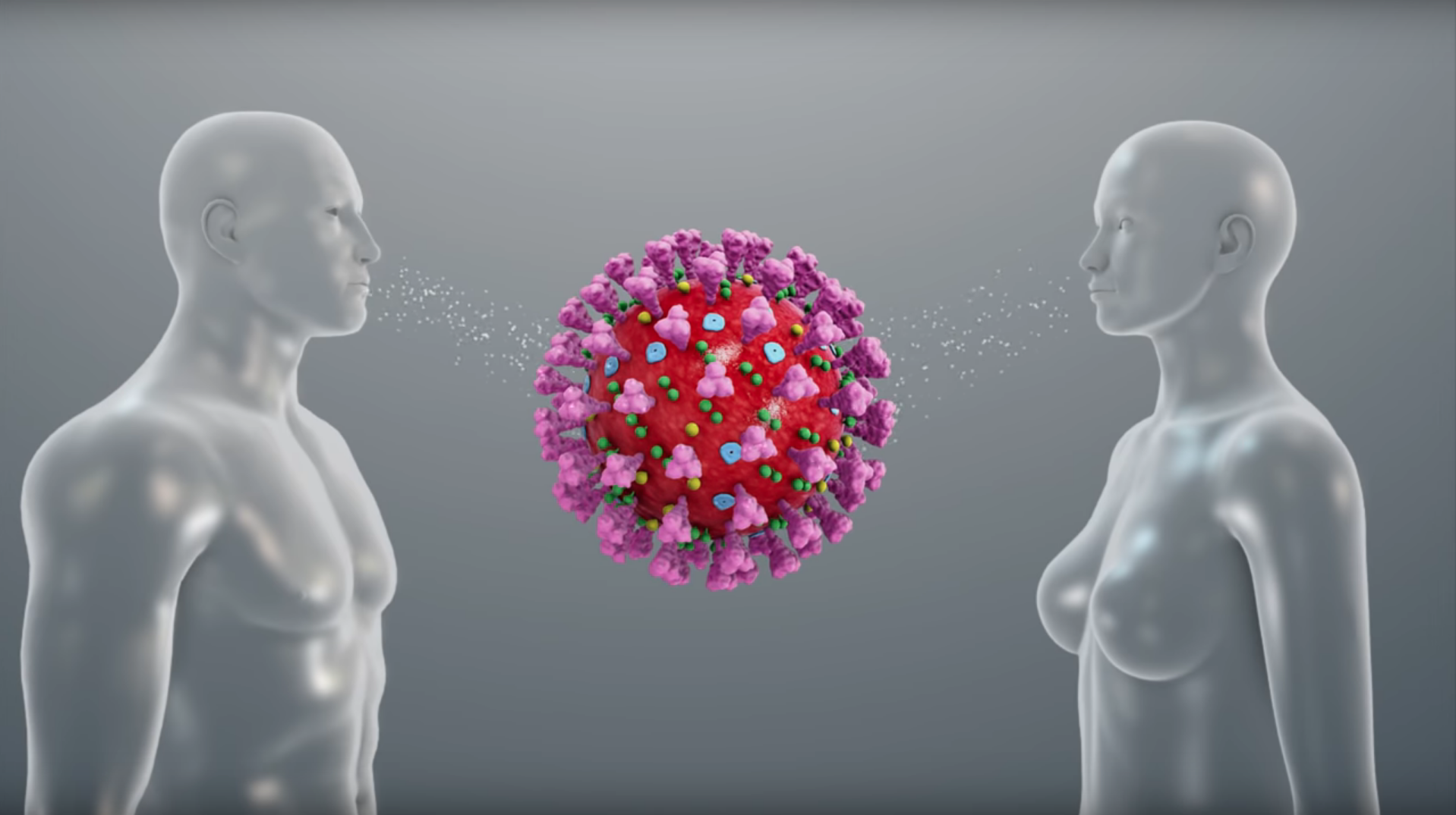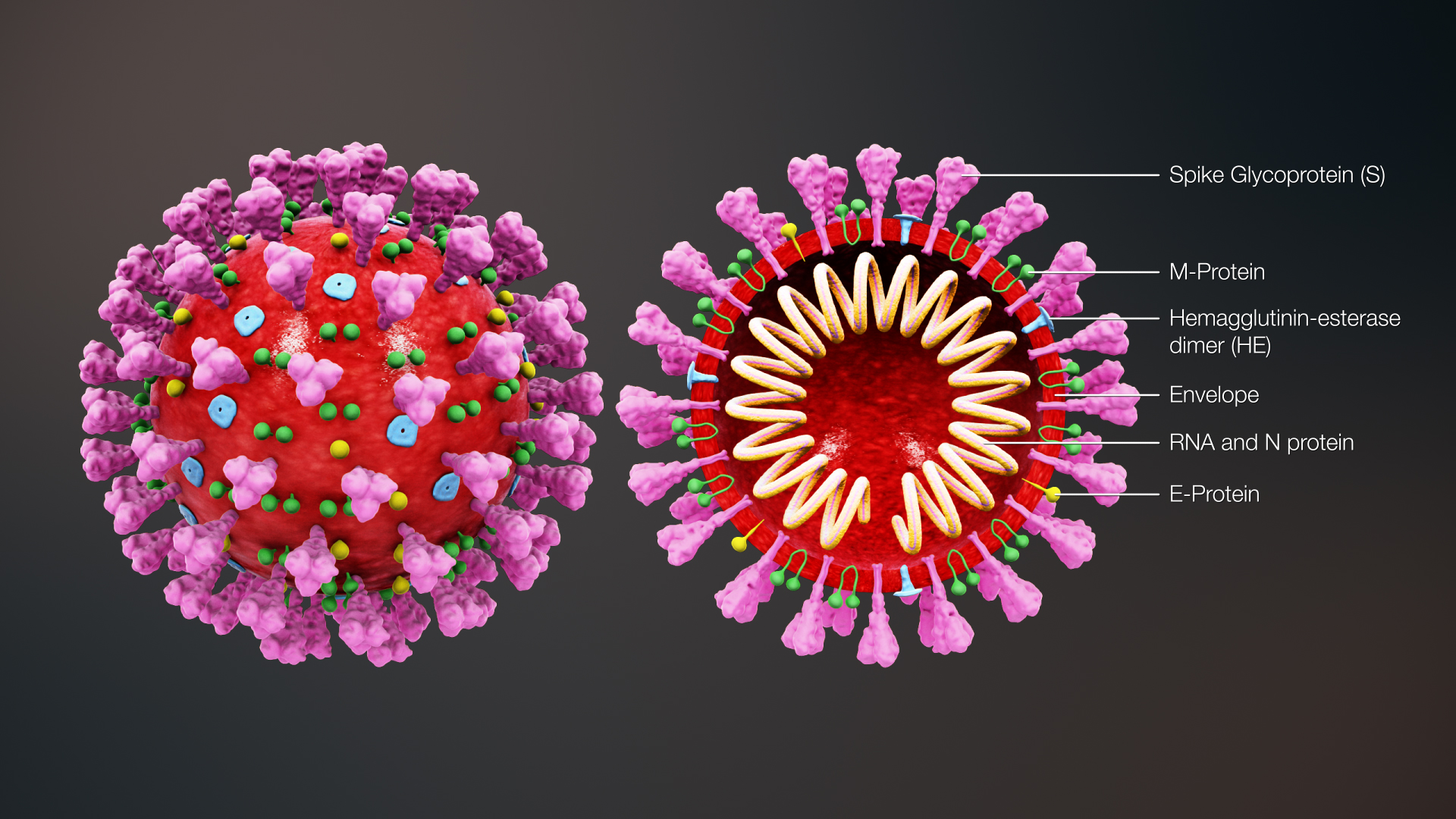Coronaviruses are a large family of viruses that affect the respiratory tract of animals and humans. They can be zoonotic, i.e. transmitted from animals to humans. They cause illness ranging from the common cold to severe conditions such as severe acute respiratory syndrome (SARS). The name coronavirus is derived from a Latin word “corona” meaning halo or crown, which refers to the spikes or crown-like projections from the virus’s membrane.
Types
Several types of known coronaviruses are circulating in animals that have not infected humans. However, there are seven known human coronaviruses to date. Amongst them, the following four types of human coronaviruses are responsible for a large portion of common colds.
- 229E
- NL63
- OC43
- HKU1
The dangerous types of human coronaviruses are
- MERS CoV (coronavirus that causes Middle East Respiratory Syndrome)
- SARS CoV (coronavirus that causes Severe Acute Respiratory Syndrome)
- COVID 19 (the novel coronavirus that has caused the outbreak in 2019-2020)
Transmission
Several coronaviruses use animals as their primary hosts and have infected humans. For example, the SARS CoV jumped from bats to civets (ring-tailed cats), then to humans. While the MERS CoV infected camels before infecting humans.

Human coronavirus transmission usually happens through:
- The air droplets dispersed when sneezing, coughing, or talking
- Close personal contact with the infected person
- Touching an object contaminated with the virus, and then touching your nose, mouth, and eyes
However, the virus can survive only for a short period of time outside the human host.
Risk factors
People with a weakened immune system, young children, and older people are more vulnerable to the coronavirus infection.
Symptoms
The symptoms of coronavirus infection vary between animals, birds, and humans. According to WHO, the time from exposure to onset of symptoms is estimated at 2 to 10 days. Those infected with coronavirus may be asymptomatic or may have mild or severe symptoms. These symptoms can include
- Fever
- Cough
- Shortness of breath
- Diarrhea
- Sneezing
- A running nose
- Sore throat
In more severe cases, the infection can lead to bronchitis, pneumonia, kidney failure, and even death.
Prevention
There is no vaccine and specific treatment to prevent and cure human coronavirus to date. However, the standard recommendations given by various trusted agencies to prevent the spread of the infection include
- Regular hand washing
- Covering your nose and mouth with a tissue or flexed elbow when sneezing and coughing
- Avoid close contact with people showing signs or symptoms of common illness
- Avoid touching your nose, mouth, and hands with dirty or unwashed hands
- Practicing general hygiene measures when visiting live animal markets
- Avoid consuming undercooked meat or eggs
We have also compiled the best recommendations to avoid coronavirus transmission into a simple, downloadable PDF based on our research. It’s free to download and share under the WIKI Creative Commons 4.0 License:









